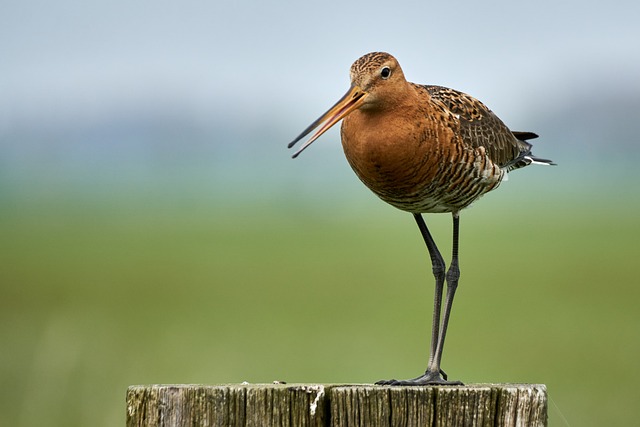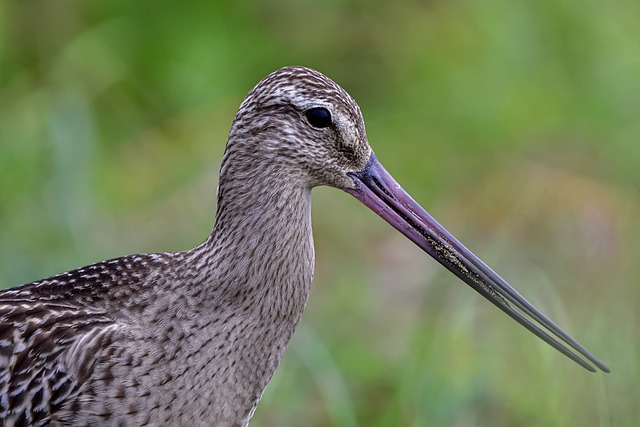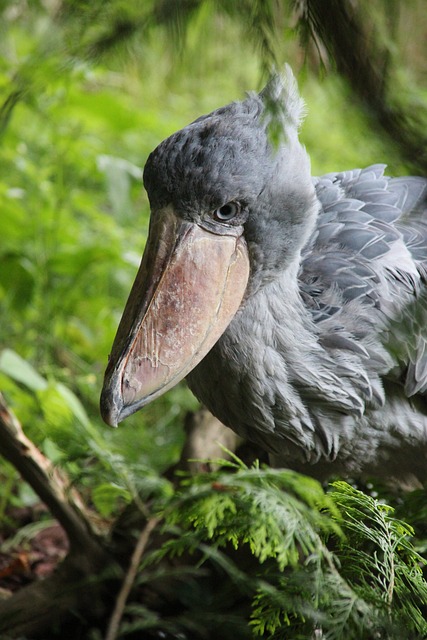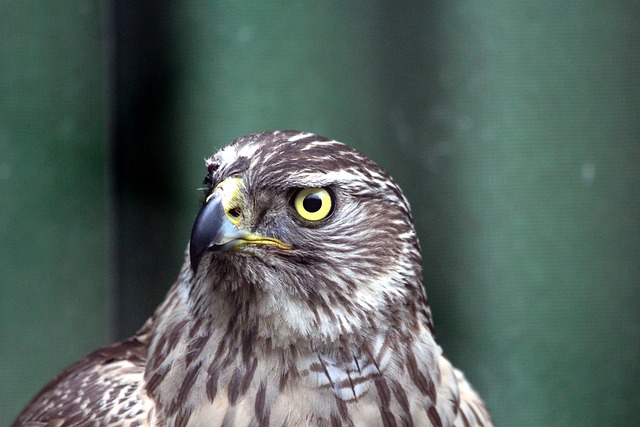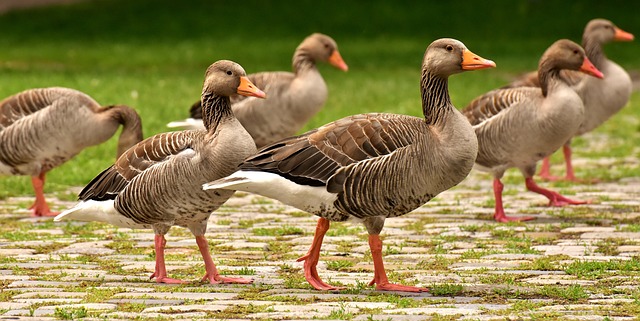The goldfinch is a bright and beautiful little bird that is found all over the world. It is a popular bird among bird-watchers and nature enthusiasts alike and is a much-appreciated part of the avian family.
With its striking colors, unique anatomy, and interesting behavior, the goldfinch is an intriguing species that is well worth learning more about.
Introduction
The goldfinch is a small bird with a short, sturdy body. It has a wingspan of up to 8 inches, and a body length ranging between 4 and 6 inches. Its tail is relatively short compared to other birds of the same size, and its wings are pointed, allowing it to maneuver quickly in flight. The goldfinch’s most distinctive feature is its bright yellow coloring, though the feathers may have a hint of orange or red.
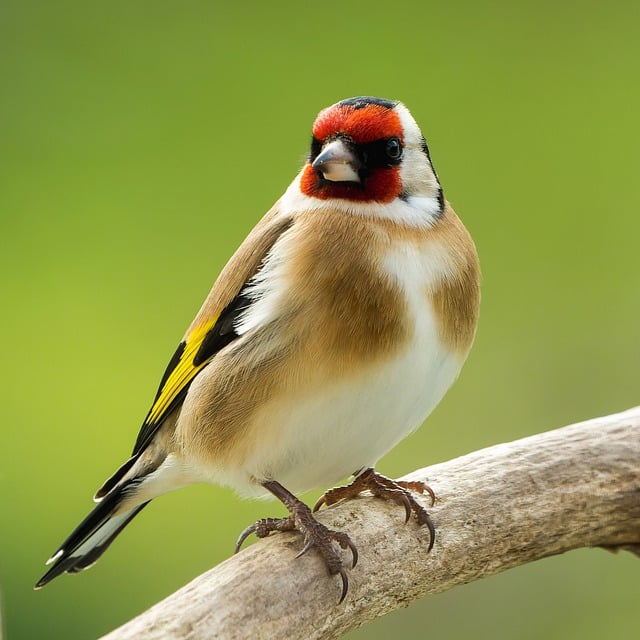
The goldfinch is found in many parts of the world, including Europe, Asia, Africa, and North America. It is a common sight in many parks, gardens, and open fields. The goldfinch prefers open habitats such as meadows, fields, and pastures, where it can feed on the seeds of wildflowers. It is also commonly found in woodland edges and scrub areas, where it can gather food and find protection from predators.
The goldfinch is a sociable bird that typically lives in large flocks. It is an active forager, and is often seen hopping on the ground as it searches for food. It is also highly adept at using its bill to pick up small seeds. The goldfinch has a wide variety of calls, including a distinctive chirping sound.
The goldfinch is a migratory species, though it is believed to be resident in some areas year-round. During the winter months, flocks of goldfinches may migrate southward to avoid the colder temperatures. During the summer, they often move northward to breed in more suitable conditions.
The goldfinch is a beautiful bird that is both beloved and widely admired. Its bright colors and unique behavior make it a popular species among bird-watching enthusiasts, and its presence in many habitats is a testament to its adaptability and resilience. With a little knowledge, one can easily appreciate the beauty and grace of the goldfinch.
Anatomy and Physical Features
The goldfinch is a small but brightly-colored bird that is quite easily identifiable due to its distinct characteristics. It has a black and yellow head, white cheeks, a reddish-orange breast, and a black and white tail. The back of the goldfinch is usually grayish-brown, with black wings and black and white wing bars.
In terms of size, the adult goldfinches are between 10.5 and 12.5 centimeters in length. They have a wingspan that ranges between 19 and 21 centimeters. Its wings are pointed, with a short and curved shape. The beak is also small and pointed, and is adapted for feeding on seeds and other small items.
The goldfinches may show a range of color variations. The usual pattern is a black and yellow head, with a white cheek, and a reddish-orange breast. However, some individuals may also have a red head and breast, or may have a pale yellow or greenish-yellow head.
In terms of physical features, the goldfinches have a short and rounded body, with a short tail. The tail is usually black and white, with white on the outside and black on the inside. The wings are short and pointed, with a black and white wing bar. The beak is small and pointed, adapted for feeding on seeds. The eyes are brown, and they have short legs.
The goldfinches may display a range of other color variations. The head may be gray, white, yellow, or red. The underside of the wings may be either olive or yellow. The back may be gray, brown, or olive, and the wings may have a range of color variations, such as black, brown, or olive.
Overall, the goldfinch is a small and brightly-colored bird, with a black and yellow head, white cheeks, a reddish-orange breast, and a black and white tail. Its wings are short and pointed, with a black and white wing bar, and its beak is small and pointed, adapted for feeding on seeds. It may display a range of color variations, and its size ranges from 10.5 to 12.5 centimeters in length.
Diet and Feeding Habits
The goldfinch is mainly an herbivore, who feeds mainly on small seeds. Its diet consists of a variety of wild and cultivated plants, including thistle, dandelion, ragweed, nettles, chickweed, and other plant seeds. Goldfinches also feed on insects, including small caterpillars, flies, and aphids. In the summer months, they feed on ants, beetles, and spiders.
The goldfinch is a highly adaptable feeder. It can feed from the ground, trees, and shrubs. It also has a preference for certain kinds of food. Goldfinches prefer to feed from small-seeded plants, such as thistle and ragweed. They are also fond of sunflower seeds, particularly the black-oil variety.
Goldfinches tend to feed during the day, but they can also be seen feeding at night in some areas. During the day, they are often seen hovering over flowers and shrubs. They will also feed from bird feeders and bird tables.
Goldfinches feed in small flocks and often flutter their wings while they are feeding. Goldfinches, like other species of finches, will often forage for food together. They are more likely to feed at the same time and same place when food is plentiful.
In the winter months, the goldfinch feeds on buds and fruits of trees and shrubs, as well as grains and other seeds. They particularly enjoy the seeds of alder, birch, and willow trees. They are also known to frequent bird feeders and bird tables during the winter.
The goldfinch is a highly sociable feeder. It will often flock with other birds, such as tits, warblers, and buntings. Goldfinches are also known to follow cattle and other large animals in order to find food.
Overall, the diet of the goldfinch is varied and adaptable. They feed on a wide variety of plants and insects, as well as grains and seeds. Goldfinches are highly social feeders and will often flock with other birds. They are particularly fond of small-seeded plants and sunflower seeds, and are known to frequent bird feeders and bird tables in the winter months.
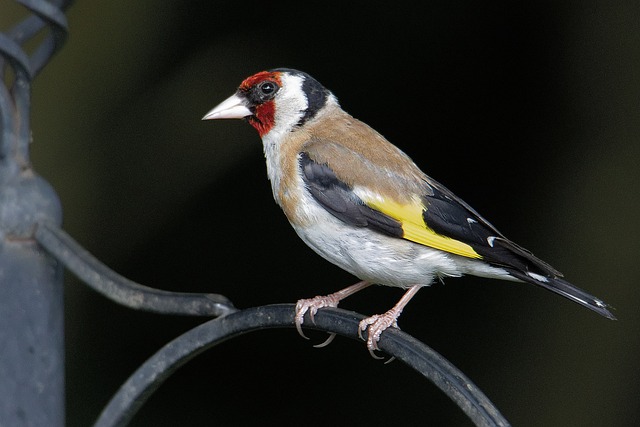
Behavior
The behavior of goldfinches can vary based on the season, habitat, and other factors. In general, they are a lively and active bird species, and are known for their impressive flight capabilities.
Flight Behavior
Goldfinches are strong flyers, and they can often be seen flying rapidly in a zigzag pattern. This is the typical behavior in more open areas, but in smaller areas they tend to fly in a more predictable pattern. Goldfinches are also capable of swift turns and quick dives, which makes them adept at avoiding predators.
Feeding Behavior
Goldfinches are primarily ground feeders, but they will also occasionally feed from trees. They are known to form large flocks at feeding sites, and can often be seen in large numbers. Goldfinches typically forage in groups, and will search for food in an organized fashion.
Social Behavior
Goldfinches are a social species, and they can be found in large flocks during the winter months. These flocks consist of both males and females, and will move around a given area in search of food. Goldfinches also form pair bonds during the breeding season, and will stay in the same area while they care for their young.
Goldfinches also form small groups with other species when feeding in order to take advantage of larger food sources. They are known to associate with other small species, such as titmice, chickadees, and warblers.
In addition to socializing with other species, goldfinches will also sing to one another in order to establish their territory. This behavior is typically seen during the breeding season, when males will sing to attract a mate.
Goldfinches are also known to be quite bold when it comes to defending their territory. They are known to chase away other species, and will aggressively defend their nests against potential predators.
Breeding
The breeding season for goldfinches typically runs from late March to early June, depending on the region and climate. During this time, the male goldfinches will become more colorful and their song will become louder in order to attract a mate. The female goldfinches will then select the most spectacular males to mate with.
The goldfinches will typically nest in dense shrubbery or trees, as these areas provide a safe and secure location for them to raise their young. The female goldfinches will build the nest, collecting materials such as grass, leaves, and feathers. The nest is typically cup-shaped and lined with softer materials such as feathers or fur.
Once the nest is completed, the female goldfinch will lay four to six small, white eggs and will incubate them for 12–16 days. During this time, the male will guard the nest and bring food to the female. The young chicks will hatch covered in down and will be cared for by both parents. The chicks will fledge the nest after 12–16 days.
The goldfinch will produce one brood each year, but will sometimes produce two if the conditions are right. The young goldfinches will stay with their parents for a few weeks to gain strength and experience before they set out on their own.
The breeding season of the goldfinch is an important part of the cycle of life for this species. It is a time of great beauty and activity, and a time to appreciate the goldfinch and its behavior. Those who take the time to observe the goldfinch will be rewarded with a wonderful experience.
Threats
The goldfinch is a hardy bird species and is found in many parts of the world. Despite this, the species still faces threats from humans and natural predators. Human activities such as habitat loss and climate change are major threats to the goldfinch.
Natural Predators: The main natural predators of the goldfinch are hawks, owls, falcons, crows, and other birds of prey. These predators are particularly dangerous to young goldfinches, as they are smaller and more vulnerable. Additionally, cats are also a threat to the goldfinch.
Human Threats: The most serious of the human threats to the goldfinch is habitat destruction. As humans continue to develop land for industrial, commercial, and residential use, the goldfinch’s natural habitat is destroyed or degraded. This leads to a decrease in food sources available to the goldfinch, as well as a decrease in the number of suitable nesting sites. Additionally, the use of pesticides and herbicides can also have a detrimental effect on the goldfinch, as it reduces the number of insect populations available for the goldfinch to feed on.
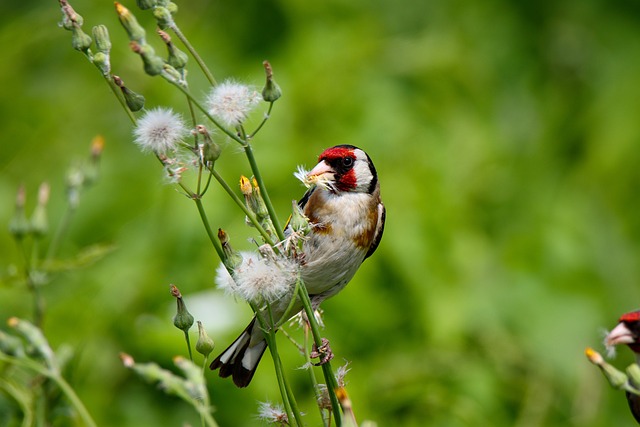
Conclusion
The goldfinch is a beautiful and beloved bird that brings joy to many people around the world. Its bright and colorful feathers, its playful behaviors, and its unique diet make it an incredible species. To help secure a future for this species, conservation efforts are being undertaken to protect its habitat, conserve its population, and reintroduce it into the wild.
The need to protect the goldfinch is urgent, as its population is facing numerous threats. If we want to ensure its future, we must take immediate action to reduce these threats. To do this, we must focus on conserving its natural habitat, reducing human activities that can harm it, and protecting its population from natural predators. We must also strive to restore the balance of the natural environment, which is essential for the world’s biodiversity. Only then will we be able to continue to enjoy the beauty of the goldfinch for generations to come?
We must also remember the beauty that goldfinches bring to our lives. They are a source of joy and pleasure for many people, and their presence in our gardens and parks is a reminder of the wonders of nature. By appreciating the goldfinch, we can be inspired to protect it and its habitat, ensuring that it can continue to bring joy to people around the world.
By recognizing the urgent need to protect the goldfinch, we can take action to save it. Through conservation efforts, captive breeding programs, and reintroduction efforts, we can help secure a future for this beautiful species. We can also help by conserving its natural habitat, reducing human activities that can harm it, and protecting its population from natural predators. If we do our part, we can ensure that the goldfinch will continue to bring us joy and pleasure for a long time to come.

